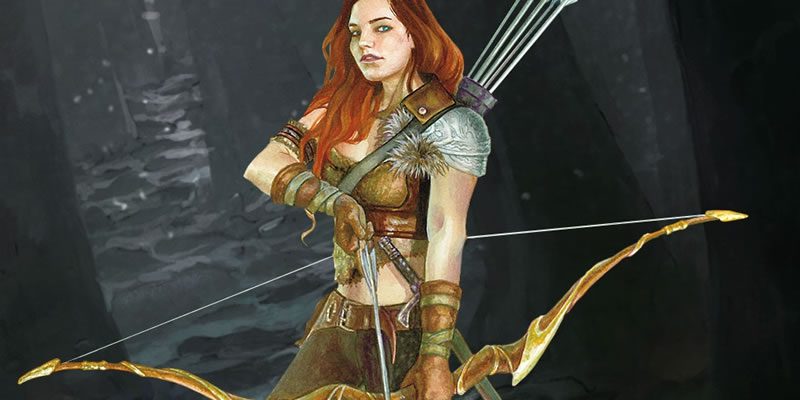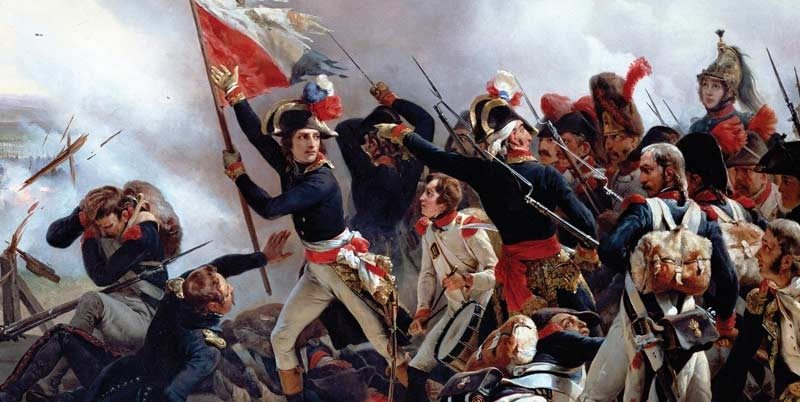Gobble-ins, Centaurkeys,and Thanksgiving One-Shots
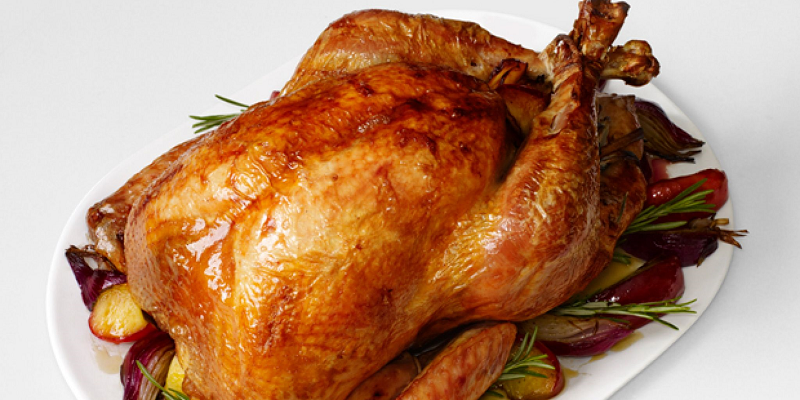
Happy American Thanksgiving, everybody! I expect most people are reading this on Thursday, because they are drinking as often as possible on Wednesday. This is going to be a hard holiday for a lot of people, and I bet bars and liquor stores are looking forward to Black Wednesday. Let’s assume for a minute that you are woefully hungover and are reading this from your smart device while praying to the porcelain gods. First, I feel your pain, and suggest you pop some alka seltzer and make yourself an egg cream. Second, double up on the mashed potatoes, heavy on the butter. Third, let’s talk about a Thanksgiving themed one-shot you can run while everyone is barely keeping it together.
Thanksgiving gets the short end of the stick, here in the US. It’s the bridge holiday between the ever-increasingly popular Halloween and the cheery holiday juggernaut that is Christmas. Halloween sparks our imagination in myriad ways. We tell ghost stories, revel in all things spooky, and the work to dress up in ways to really let our imaginations and inhibitions run wild. There is a reason why it has the most one-night stands of any night of the year. Really. Meanwhile, Christmas is basically a season unto itself. We bemoan the insidious creeping of the start of the season, steeling ourselves against an onslaught that now almost overlaps Halloween. We easily mock and lampoon the blurred religious-commercials nature of the holiday, while simultaneously luxuriating in our favorite customs and rituals. Running a Christmas-themed one-shot is a tradition for many people, myself included. One friend runs “A Very Wookie Christmas”, while I run Left 4 Dead Christmas survival games, each different, but with names like “Little Town of Deathlehem” and “Death the Halls.” The point is, both of these holidays are more iconic these days, and each are much easier to theme around. Let’s change that up.
To start things off, we’d need some player races. You could play an elf or dwarf or something, but this is a holiday one-shot. People play living toys and shit in other holiday one-shots. Let’s branch out.
Gobble-ins
First, we have the gobble-in. As we all know, gobble-ins are small humanoids with grey skin, punctuated by bright red, extremely loose skin on their necks, and a large bit of flesh that flops over their noses, called a snood. The snood is the result of a curse from a goddess the gobble-ins will not mention.
Ability Score Increases. Your Intelligence score increases by 2, and your Dexterity increases by 1.
Age. Gobble-ins reach adulthood at age 10 and live up to 50 years. Some gobble-ins disappear in the fall each year, never to be seen again.
Alignment. Gobble-in society is extremely rigid, built on a carefully construct social system known as “The Pecking Order.” As such, they tend toward lawful neutral.
Size. Gobble-ins are between 3 and 4 feet tall and weigh between 50 and 90 pounds. Your size is small.
Speed. Your base walking speed is 30 feet.
Superior Darkvision. You can see in dim light within 90 feet of you as if it were bright light, and in darkness as if it were dim light. You can’t discern color in darkness, only shades of grey.
Snood Awakenings. Whenever you cast a spell, or make a saving throw against a spell, you may opt for your snood to stiffen and glow. You may add half of your level (rounded up) to one spell DC or saving throw. Once you have used this trait, you can’t use it again until you finish a short or long rest.
Visionary. You have advantage on Wisdom (Perception) checks to find hidden creatures.
Languages. You can speak, read, and write Common and Auran.
Of course, we would be remiss if we did not discuss that majestic race, the centaurkey.
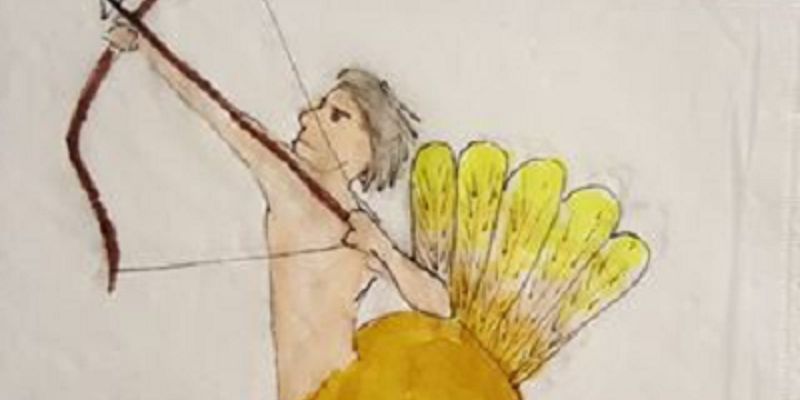
Centaurkeys
Centaurkeys have the torso and upper body of a gnome or halfling, and the lower body of a large, powerful bird. The centaurkey are guardians of the forest, becoming extremely aggressive when they feel they are being threatened.
Ability Score Increases. Your Wisdom score increases by 2, and your Dexterity increases by 1.
Age. Centaurkeys have life spans similar to that of gnomes. Centaurkeys reach adulthood in their early 40’s, after their decade long “wild oats” period, and live up to 500 years. During their “wild oats” period, they are expected to wander the world, and have as many adventures as possible.
Alignment. Centaurkey society is a loose collection of tribes, with an emphasis on respecting the elderly and those blessed with wisdom. They remain aloof from much of the world, but begrudgingly help those in need. As such, they tend toward neutral good.
Size. Centaurkeys are between 4 and 5 feet tall and weigh between 110 and 150 pounds. Your size is small.
Speed. Your base walking speed is 30 feet.
Thrill of the Chase. When taking the dash and disengage actions, your base walking speed increases to 40 feet.
Darkvision. You can see in dim light within 60 feet of you as if it were bright light, and in darkness as if it were dim light. You can’t discern color in darkness, only shades of grey.
Of A Feather. You are proficient with light crossbows, short bows, hand crossbows, heavy crossbows, and long bows.
Wattle It Be. Centaurkeys are blessed with foresight. During a short or long rest, you may spend a hit die to cast augury without expending components or spell slots. Hit die spent in this fashion are not recovered during the long rest they are spent.
Languages. You can speak, read, and write Common and Auran.
Finally, we have the turkenku, a rare sect of the kenku we all know and love…and have more insight into, thanks to Volo’s!
Turkenku
Unlike their cousins, turkenku are stout, heavily muscled, and are more inclined to speak through repeated songs or poetry, ad they lack the capacity to create songs on their own.
Ability Score Increases. Your Strength score increases by 2, and your Charisma increases by 1.
Age. Turkenku have short life spans, reaching maturity in their teenage years, and live to 50-60.
Alignment. Turkenku are creatures of chaos. They wander from place to place, and rarely care about any one cause for any length of time.
Size. Turkenku are just over 5 feet in height, and weigh around 150 pounds. Your size is medium.
Speed. Your base walking speed is 30 feet.
Turkenku Call. You are an expert at duplicating songs, poetry, and oration. You have advantage on Charisma (Performance) checks to perform a piece you have heard before, but suffer disadvantage when attempting to perform an original piece.
Darkvision. You can see in dim light within 60 feet of you as if it were bright light, and in darkness as if it were dim light. You can’t discern color in darkness, only shades of grey.
Mirror Style. When you watch people fight, you learn to copy their actions. When someone performs a melee attack, you may attempt copy the attack as an action, using your own melee weapon to determine the damage of the attack. You may do so even if you cannot normally perform the attack you are mirroring. Once you have used this trait, you can’t use it again until you finish a short or long rest.
Languages. You can speak, read, and write Common and Auran.
Races are all well and good, but you need some class options to allow the free adventuring you undoubtedly have in mind. Well, how about the Feather domain for clerics?
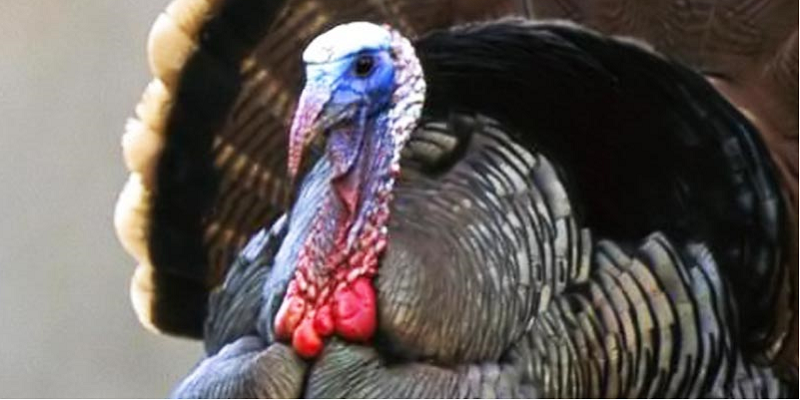
Feather Domain
The feather domain isn’t just about flight, nor is it simply about birds. Instead, the feather domain is offered by those gods who value wisdom, nature, ingenuity, and fancy. Worshipers of Silvanus, Fharlanghn, Habbakuk, Chislev, Athena, Thoth, and so on.
Feather Domain Spells
Cleric Level Spells 1st feather fall, hail of thorns 3rd animal messenger, levitate 5th conjure barrage, lightning arrow 7th greater invisibility, locate creature 9th commune with nature, swift quiver
Bird-brained
When you choose this domain at 1st-level, while you wear no armor heavier than light armor, and do not wield a shield, you increase your AC by your Wisdom modifier, but you only gain half of your Dexterity modifier in bonus.
Flock Together
At 1st level, choose an ally who has not yet acted. If your chosen ally performs the same actions as you, the ally gains half your Wisdom modifier (rounded up) to their melee or ranged attack and damage rolls.
Channel Divinity: Miracle of Flight
Starting at 2nd level, you can use your Channel Divinity to experience the wonders of flight. As an action, you present your holy symbol and cause a number of people equal to your Wisdom modifier (minimum 1) to gain a flight speed equal to their walking speed for as long as you present your holy symbol, and take no other actions, up to a maximum of 1 minute.
Feathery Friends
Beginning at 6th level, whenever your ally successfully triggers flock together, you and your chosen ally gain a reaction. Whenever you or your ally are targeted with an attack, the other may unleash an ear-splitting screech. The attacker must make a Wisdom saving throw equal to your spellcastiing DC. If the attacker fails the saving throw, he suffers thunder damage equal to twice your cleric level and is incapacitated until the start of his next turn.
Divine Fletching
At 8th level, you gain the ability to infuse your ranged weapon strikes with divine energy. Once on each of your turns when you hit a creature with a ranged weapon attack, you can cause the attack to deal an extra 1d8 thunder damage to the target. When you reach 14th level, the extra damage increases to 2d8.
You may instead opt to add your Wisdom modifier to the damage you deal with any cleric cantrip.If you choose this option, you do not gain the first half of this feature. You may swap between these two choices whenever you level.
Quills
At 17th level, you may unleash blessed quills upon your foes. As an action, you may choose to spin in a circle, targeting any number of creatures you can see within 30 feet. Creatures must make a Dexterity saving throw against your spellcasting DC or suffer 5d8 thunder damage, are pushed back 10 feet, and gain vulnerability against all damage until the start of your next turn. Once you have used this feature, you may not do so again until you take a long or short rest.
Then again, you may not want to be a cleric. How about some sweet druid action?
Circle of Feathers
Druids of the Circle of Feathers are the scouts, spies, and informants of the wilds. The order gathers high in the tree tops, on mountain peaks, and on vast overlooks and cliffs. They prize their independence, but train to work together at regular intervals. The Circle of Feathers have rigid power structures, relying on yearly tournaments to determine the pecking order.
Scouting Wild Shape
When you choose this circle at 2nd level, you gain the ability to wild shape as a reaction to rolling initiative. When you do so, you have advantage on Wisdom (Perception) and Dexterity (Stealth) ability checks while in your wild shape.
Feathery Flourish
Starting at second level, you gain increasing control over wild shaping into feathered creatures. You may ignore the flying limitations in the beast shape table. You may use your Wild Shape to transform into a feathered beast with a challenge rating as high as 1.
Starting at 6th level, you can transform into a feathered beast with a challenge rating as high as your druid level divided by 3, rounded down.
Raptor Strike
Upon reaching 6th level, when you take the dash or disengage action, you may make a melee attack after completing your movement. When you do so, your attack counts as magical for the purpose of overcoming resistance and immunity to nonmagical attacks and damage.
Unruffled
Beginning at 10th level, you may wild shape into a feathered beast as a reaction to rolling a saving throw against being charmed or frightened. If you do so, you automatically succeed at the saving throw, and may use the dash action, provided you use the raptor strike feature with it.
Thunderhawk
At 14th level, you can expend three uses of Wild Shape at the same time to transform into a thunderhawk. A thunderhawk uses the statistics of an adult blue dragon, without the legendary resistance, legendary actions, tail attack, and frightful presence.
Maybe none of this is your cup of tea, in that case, you might want to check out one of the most secluded monasteries, the Way of the Feathered Fan.
Way of the Feathered Fan
Monks of the Way of the Feathered Fan are the masters of blending performance and combat, focusing on the battle fan as the implement of choice. They learn to perform dances to inspire, calls upon ancient beings,
Iron Fan
When you fight with your iron fans they may have the statistics of a longsword, rapier, or shortsword, chosen at the end of a long or short rest.
Biting Fan
When you choose this tradition at 3rd level, you gain the ability to channel mystic acid through your fan. You may opt to make a ranged attack instead of a melee attack. When you do so, your fan flings acid at your target. You deal damage as if you were making a melee attack, with a range of 80/320, and deal acid damage as the damage type.
Dance of a Hundred Swans
At 6th level, you gain the ability to inspire grace, poise, and aplomb in your allies. Make a Charisma (Performance) check as an action. For every 5 points of the result, you may inspire one ally to have advantage on her next Charisma (Persuasion) ability check when dealing with manners or protocol Charisma (Deception) ability check when dealing with manners or protocol, or Wisdom (Insight) when attempting to discern motive.
Once you have used this feature, you may not do so again until you take a long or short rest.You may spend 2 ki to ignore this limitation.
Dance of the Jade Serpent
At 11th level, you gain the ability to create a mystic venom that wreaths the weapons of your ally in venom. Make a Charisma (Performance) check as an action. For every 5 points of the result, one weapon of an ally is envenomed. On a successful hit, the creature hit must succeed on a Constitution saving throw, where the DC is 8 + your proficiency bonus + your Charisma modifier. On a failed saving throw, the creature takes an additional 3d8 poison damage and is poisoned for one minute. On a successful saving throw, the creature takes half as much and is not poisoned. Poisoned creatures may make a new saving throw at the end of each of their turns to end the effect.
Once you have used this feature, you may not do so again until you take a long or short rest.You may spend 3 ki to ignore this limitation.
Dance of the Eternal Gaze
Starting at 17th level, you learn to dance in a way that prevents others from doing anything other than watching. As an action, you perform a dance, and choose up to your Charisma modifier (minimum 1) in targets. Eah target must succeed on a Charisma saving throw, where the DC is 8 + your proficiency bonus + your Charisma modifier. On a failed saving throw, the creature is incapacitated and suffers 2d8 psychic damage immediately and at the start of their turn until they are no longer incapacitated, creatures may make a new saving throw at the end of their turn. On a successful saving throw, the creature suffers 4d8 psychic damage and no other effects.
Once you have used this feature, you may not do so again until you take a long or short rest. You may spend 5 ki to ignore this limitation.
Now that you have some players ready to go, you probably need some monsters. Here, for your pleasure, we have the giant turkey, zomburkey, and that most feared of all beasts, the Turkasque.
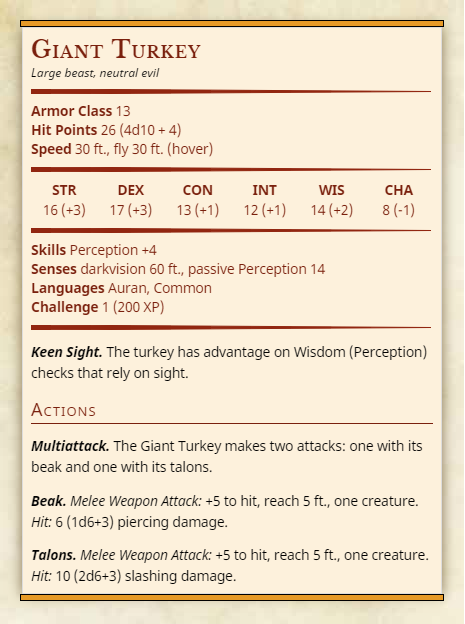
.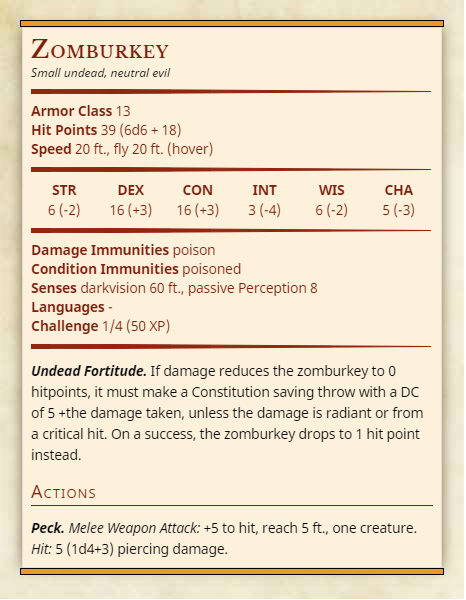
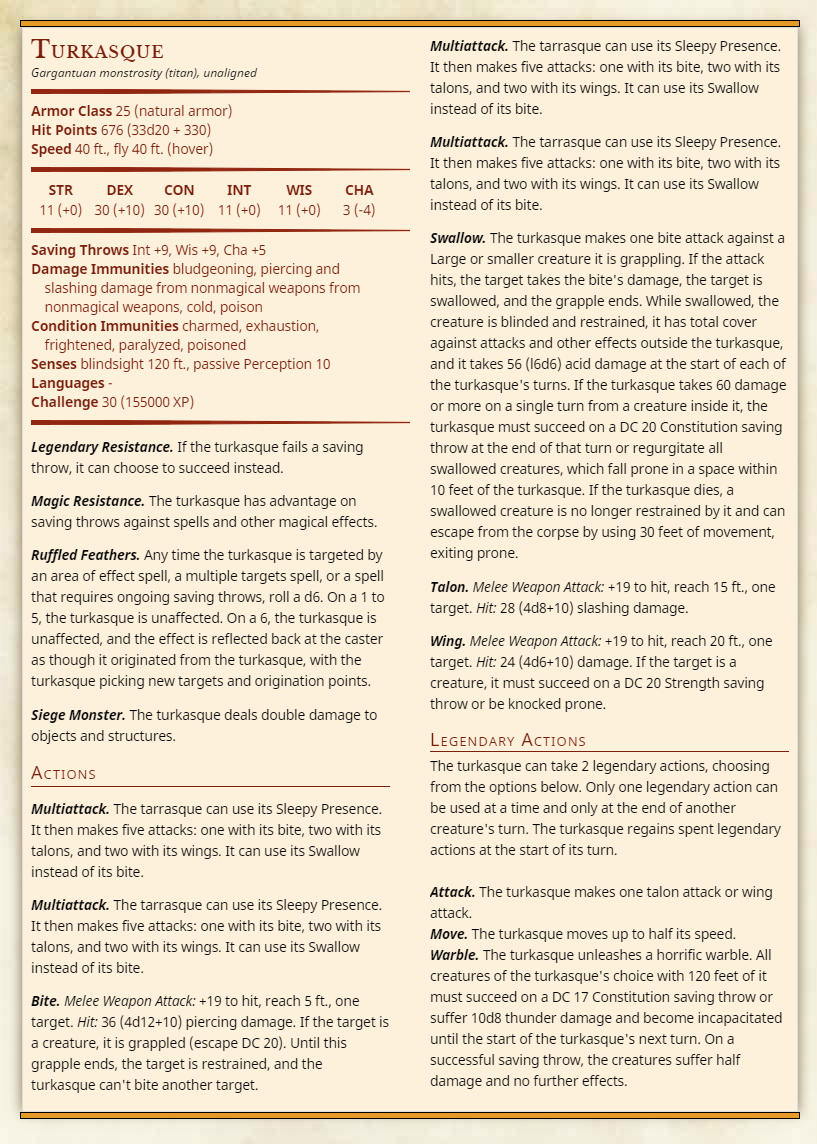
Happy Thanksgiving. I am thankful for the staff at Tribality, and any reader who has ever given me their time and attention. I hope this made you all smile.

